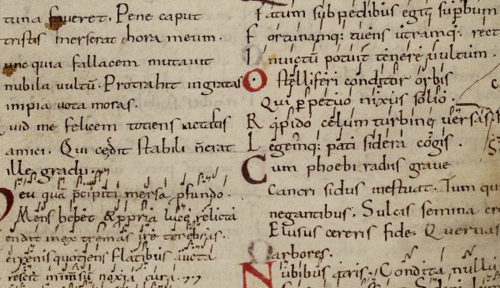
Joel Cabrita partnered with photographer Sabelo Mlangeni to curate accessible and visually powerful exhibitions to communicate the significance of the Zion Christian Church, a church of over 12 million members but little understood outside. The exhibitions enabled institutions (especially the Johannesburg’s Wits Art Museum) to reach new audiences, and has had clear impact on the understanding and faith of individuals.
Cabrita’s research in the Faculty of Divinity explores the importance of Zionism – a Christian faith-healing movement unrelated to Jewish Zionism. Her work traces how Zionism was founded in the American Midwest in the 1890s, but quickly spread to South Africa via missionaries and became vastly popular there. She demonstrates how Zionism played a central role in the major transformations – racial segregation, industrialisation and labour migration – that shaped the religious, cultural and social history, and identity of modern South Africa.
However, although the church has millions of members, South Africans are almost entirely unaware of the origins and nature of their country’s largest religious movement and Zionists themselves suffer from a paucity of accurate information about their history and identity.
To address this, Cabrita collaborated on two exhibitions with the photographer and Zionist practitioner Sabelo Mlangeni, whose 60 photographs of Zionists were quiet, personal and intimate portrayals of the community from within, focusing on everyday aspects of Zionism, rather than its more spectacular rituals.
By offering a non-colonial, insider perspective that brought new audiences into museum spaces, the exhibitions at Wits Art Museum and Cambridge’s Museum of Archaeology and Anthropology increased social and cultural awareness by deepening public understanding of Zionism in South Africa and in the UK.
The work provided South African and UK artists with new inspiration for their portrayals of religious communities, as well as enriching artistic institutions by enabling them to challenge historic colonial attitudes. It also enhanced community cohesiveness by giving Zionist individuals and groups in South Africa material for reflection on their origins and identity.
“… we need to be aware of the different religious heritages of South Africa which play big roles in our communities particularly in peoples’ identities and different views of God. It is a good show that really changed my perspective on Zionism/Christianity within black communities.”
– Exhibition visitor, Johannesburg’s Wits Art Museum


